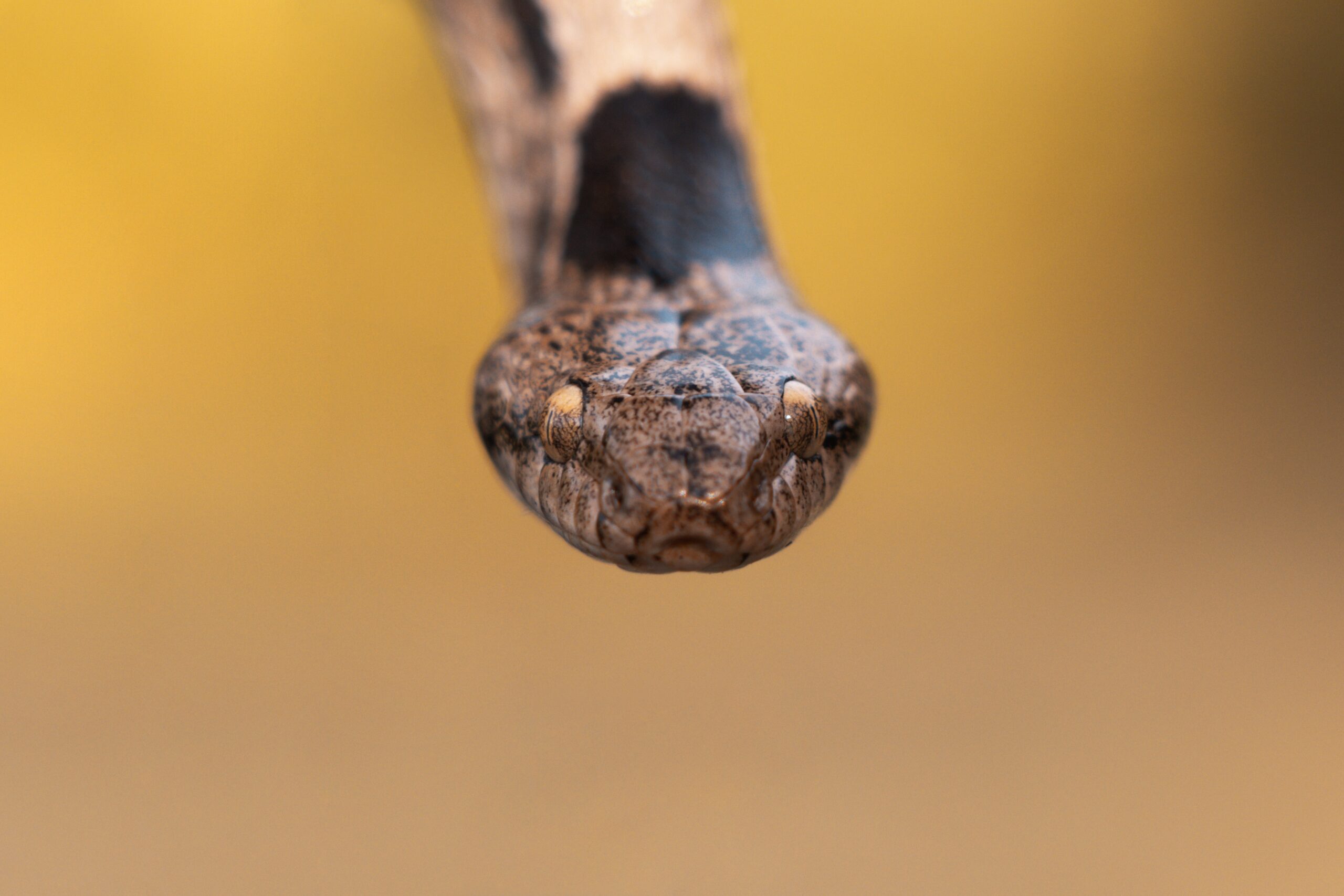Overview
Adding additional attractions from Iguazu Falls to Lencois Maranhenses, Brazil remains one of the most beautiful places. On this paradise land, there lies a dangerous “Ilha da Queimada Grande Island”. This island is 90 miles from the Sao Paulo coast. On peeking this beautiful island, it tempts one to explore the island without causing any hesitation providing a visual treat. On stepping into this pleasing island, the chance of returning falls below 0.00001%. One may think what is the deadliest thing that happens to be here? Yes, this island has one of the deadliest creatures which is Golden Lancehead Viper snakes. These snakes are one of the deadliest evolved snakes around the globe. The event that this island is the deadliest is that on this 100-acre land mass, there exist approximately 4 to 5 snakes said to the residents of Brazil. Opposing this, biologist Marcelo Duarte states that for every square meter, there exists a snake as Marcelo has visited this island more than 20 times. On gathering information from the residents, they say that the pirates who survived here once, have buried their fortune and left some snakes for this treasure to be protected and later left unvisited leading to mounting up the snake population but this remains a rumour.
Before 11,000 years this land mass was attached to the mainland of Brazil and had never been an island after continuous rise in the sea level, this small piece of land mass has been separated from the continent. From that time, it is said that this island is spread with snakes and no predator harms these snakes which clearly states that, these snakes remain on top of the food chain on that island this led to the mount up in the population of those snakes. Wondering how these snakes survived? The answer is these reptiles hunt the birds that migrate through this island at different seasons this is how these snakes established this island.
Evolution
On gazing through the evolution of these lancehead vipers it is surveyed these vipers are the cause of 90% of snake bites in Brazil. On further research, it is found that the vipers residing on this island are 5 times more venomous than the snakes on the mainland. One may think about what may be the reason for this increased intensity of venom. Here, Evolution comes into play. These snakes when hunting the intensity of venom is not enough to kill their prey. The venom reacts only after an hour or half by the time the bird moves out of this region and thus this attack goes in vain. For this reason, these reptiles evolved generation after generation becoming 5 times more venomous in contrast with the mainland snakes. Now the venom has become so lethal that its prey becomes a confirmed victim. This venom in reacting with the human body causes kidney failure and blood clots over the brain leading to death. This leaves only with 3% chance of survival.
Story from residents
- Once a fisherman trespassing on this island without knowing their rage went deep inside this island in search of food supplies and later found that he was surrounded by snakes on his return to his boat he was bit by these snakes constantly. After two days, his family found this fisherman lying dead on the boat beside the shores of the island.
- This island holds a lighthouse licensed and maintained by the Brazilian government. From 1909 to 1920 it said that this lighthouse was maintained by a family who was constantly bitten by the snakes while running to save their lives the snakes all over this island surrounded them making this family a victim.
Although these stories do not have any proof, the people of Brazil reside only on the mainland without interaction with this island
Conclusion
A question arises as to whether people are completely prohibited from this region. No, the Brazilian government holding this piece of land has only given access to Scientists and Researchers to examine whether the venom of these snakes might be in medical use. On the other hand, poachers dive into this land illegally as this might pay a sum of $1000. As this is the case, these snakes were listed as one endangered species. Proving that humans are still more venomous.
